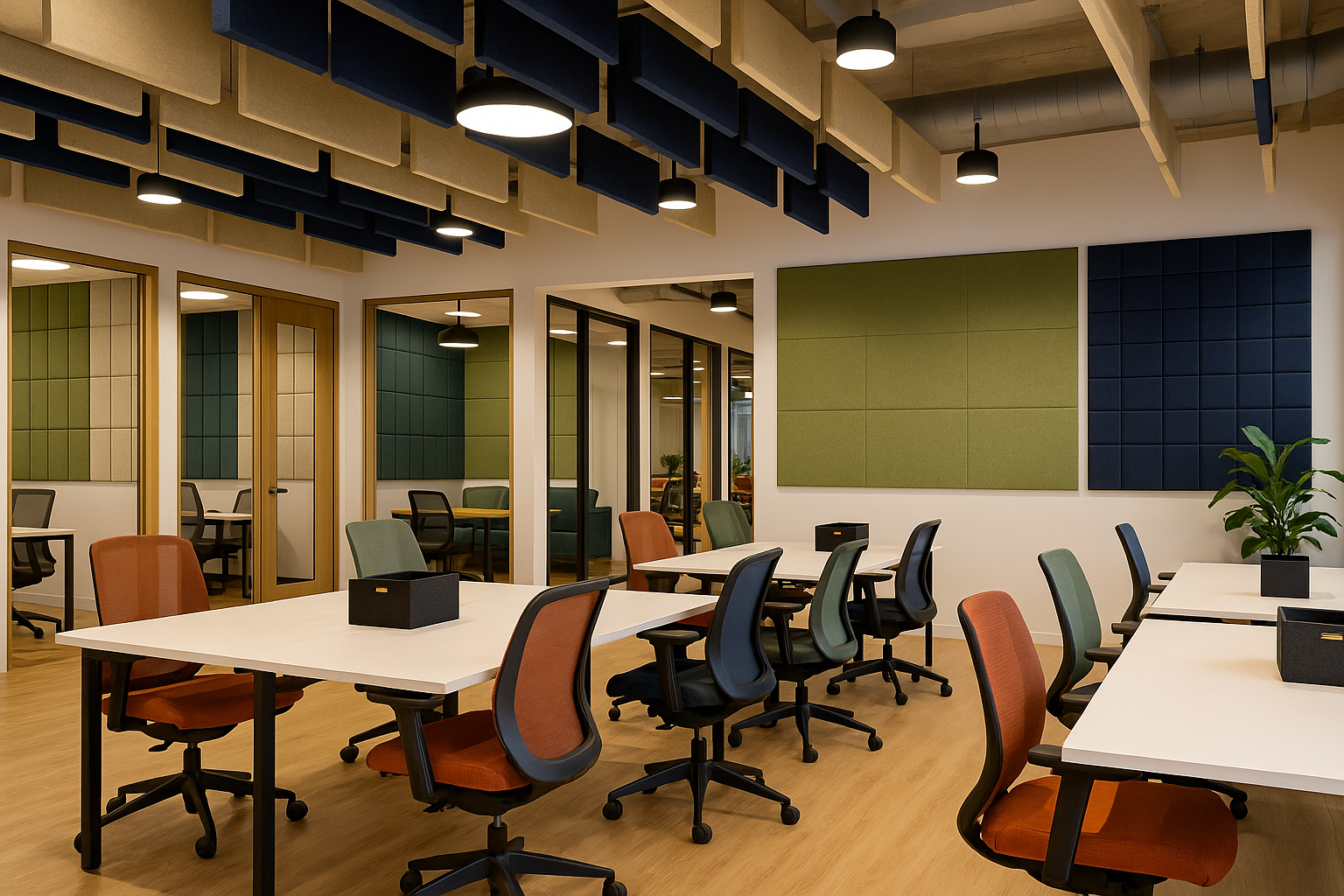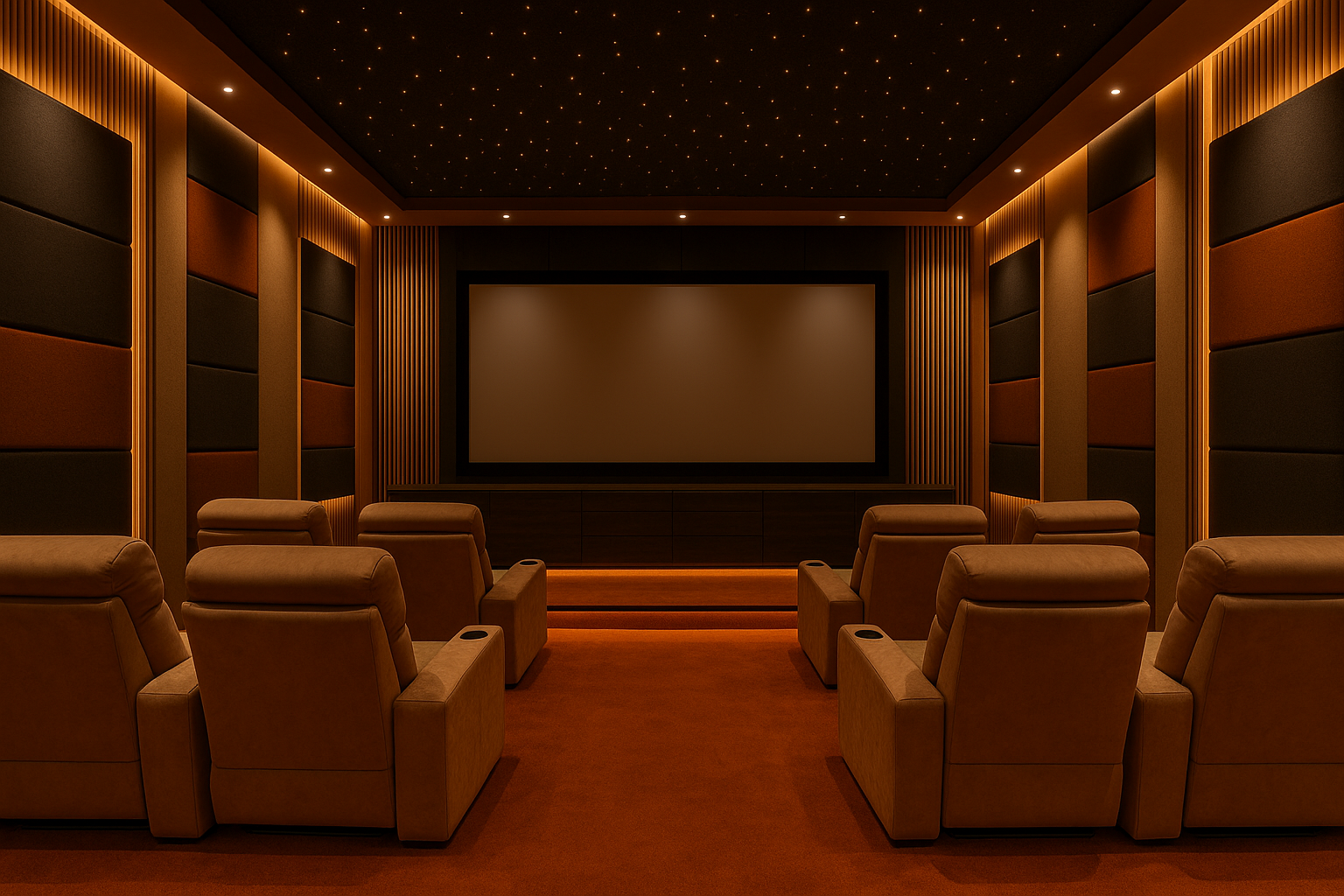TITLE:BEST POSITION OF BASS TRAPS IN A STUDIO ?
In the pursuit of pristine audio quality, every detail matters. From the choice of equipment to the acoustics of the room, each element plays a crucial role in shaping the sound produced. One often-overlooked aspect of studio soundproofing is the strategic placement of bass traps. In this blog, we'll delve into the importance of bass traps and explore the best positions for placing them in a studio to achieve optimal soundproofing.
Understanding Bass Traps
Bass traps are acoustic treatment devices designed to absorb low-frequency sound waves, or bass, in a room. These waves tend to accumulate in corners and along walls, leading to uneven bass response, muddiness, and unwanted resonances. Bass traps help mitigate these issues by absorbing excess bass energy, resulting in a smoother and more balanced sound.
Importance of Proper Placement
The effectiveness of bass traps depends largely on their placement within the studio. Strategic positioning allows bass traps to target areas where bass buildup is most pronounced, effectively reducing low-frequency resonances and improving overall sound quality. Here are some key considerations for optimizing bass trap placement:
-
Corner Placement
-
Wall-Mounted Placement
-
Ceiling Placement
-
Behind Listening Position
-
Multiple Placement
Best Positions for Bass Traps
- Corner Placement: Corners are notorious hotspots for bass buildup due to the convergence of sound waves. Placing bass traps in the corners of the room effectively targets this problem area, absorbing excess bass energy and reducing boomy or muddy bass response.
-
Wall-to-Ceiling Junctions: Another prime location for bass traps is along the junction where walls meet the ceiling. Sound waves tend to accumulate in these areas, leading to flutter echoes and uneven bass distribution. By placing bass traps along these junctions, you can effectively absorb bass energy and improve overall sound clarity.
-
Early Reflection Points: In addition to targeting corners and junctions, it's essential to consider early reflection points in the room. These are the areas where sound waves first bounce off surfaces before reaching the listener's ears. Placing bass traps at early reflection points helps minimize reflections and prevent interference with the direct sound, resulting in a more accurate and focused soundstage.
-
Rear Wall Placement: The rear wall of the studio is another critical area to address when positioning bass traps. Placing bass traps along the rear wall helps absorb bass reflections and prevent them from bouncing back into the listening environment. This helps create a tighter and more controlled bass response, enhancing overall sound quality.
-
Mobile Placement Options: In some cases, it may not be feasible to permanently install bass traps in specific locations. In such situations, consider using mobile bass traps or movable panels that can be positioned as needed to address problem areas and optimize bass response.
SHORT SUMUP
In the pursuit of sonic excellence, the placement of bass traps plays a crucial role in achieving balanced and accurate sound reproduction. By strategically positioning bass traps in corners, along walls, on ceilings, and behind the listening position, you can effectively mitigate bass buildup and create a more controlled and immersive listening environment in your studio. Experimentation and fine-tuning may be necessary to find the perfect balance, but the rewards of optimized bass trap placement are well worth the effort, resulting in a studio environment where every note shines with clarity and precision.




